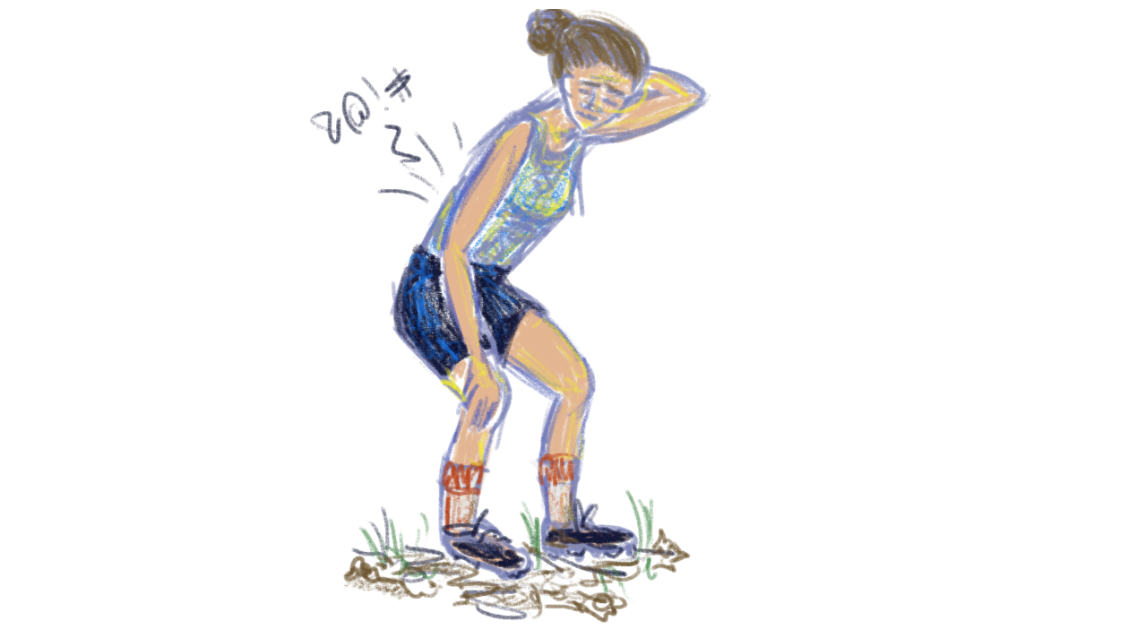Canadian health organizations are increasingly pushing people to become more active. Groups such as the Canadian Paediatric Society are promoting programs like Active Kids, Healthy Kids, while the Canadian government is implementing programs that encourage activities such as dance and running.
As sports and fitness become more popular, the risk of injury grows as well. In the US alone, more than 3.5 million children injure themselves every year from sports-related activities. Though not the most common, back injuries are still a cause of frustration for many athletes, young and old.
Richard Preuss, an assistant professor for the McGill School of Physical and Occupational Therapy, explained that it is difficult to establish a pathoanatomic diagnosis—a diagnosis based on studying a specific tissue, joint, bone—for most back injuries.
“Current clinical practice guidelines for back pain indicate three triage categories: […] Specific pathology, radicular syndrome, and non-specific back pain,” Preuss said.
According to Preuss, non-specific back pain accounts for 90–95 per cent of all back injuries. In sports, specific pathology usually means a fracture, and radicular syndrome refers to injuries affecting the nerves.
When it comes to back injuries, there is an important distinction between the spinal column and the spinal cord. The spinal column is the vertebrae: 33 bones stacked up and attached by the intervertebral disks and ligaments, allowing it to bend and move while protecting the nerves. The spinal cord is the neural tissue that runs from the brainstem to the bottom of the spinal column and branches out to relay messages between the brain and the muscles.
Preuss emphasized that injury to the spinal column is like any other broken bone.
“Fractured vertebrae will heal very well but will be treated with great caution to ensure that the spinal cord remains protected,” Preuss said. “In the back, most fractures are associated with low bone mineral density. In healthy athletes, it would take a very high-energy impact to cause a fracture, and acute fractures of the vertebrae are rare.”
On the other hand, spinal cord injuries, while rare, are very serious and can lead to partial or complete paralysis of the region below the injury, with limited potential for recovery. Spinal cord injuries in the neck can be fatal, while injuries to other spinal nerves often lead to radicular syndrome. Spinal cord injuries most commonly occur in sports where forces to the top of the head can compress the spine, such as football, ice hockey, skiing, and snowboarding.
The most prevalent back injuries in athletes are sprains and strains. Usually, these are caused by muscle or ligament overuse, improper body motion or technique, or lack of proper stretching or conditioning. These are diagnosed when the athlete experiences pain while exercising and relief while resting.
In sports that require a lot of extension and twisting like gymnastics or diving, spondylolisthesis is common. This is a condition where the vertebra at the bottom of the spinal column slips forward onto the one beneath it. Though the symptoms are similar to those of a sprain or strain, medical imaging can be used to confirm the source of the pain. Nonsurgical treatments include wearing a back brace, physiotherapy, or using epidural steroid injections. For more severe cases, or if the vertebrae are pressing on the nerves, treatment requires spinal fusion surgery that joins two vertebrae together into one bone.
For less serious back injuries, the main treatment is rest. Ice and pain medications, particularly nonsteroidal anti-inflammatories, can also be used to ease the pain but should be used sparingly. In the case of muscle spasms, heat can be applied.
Although they are not as common as other sports injuries, back injuries have a wide range of severity and still pose a risk in all areas of physical activity. According to Preuss, it is most important to practice proper sports techniques, take breaks to prevent overexertion, and seek help if any injury occurs. Virtually all back injuries are treatable, and with proper care, complete recovery is possible.








